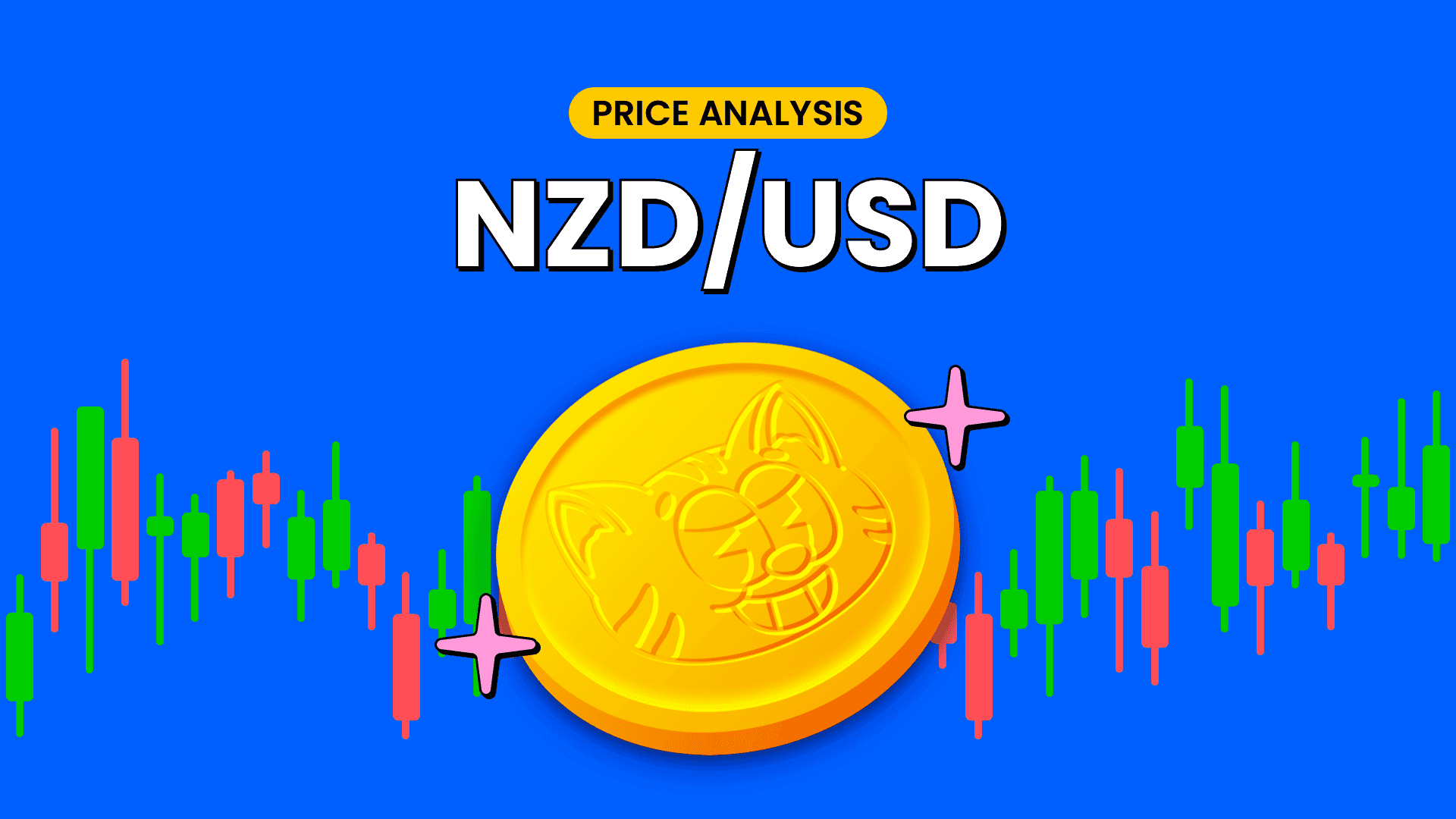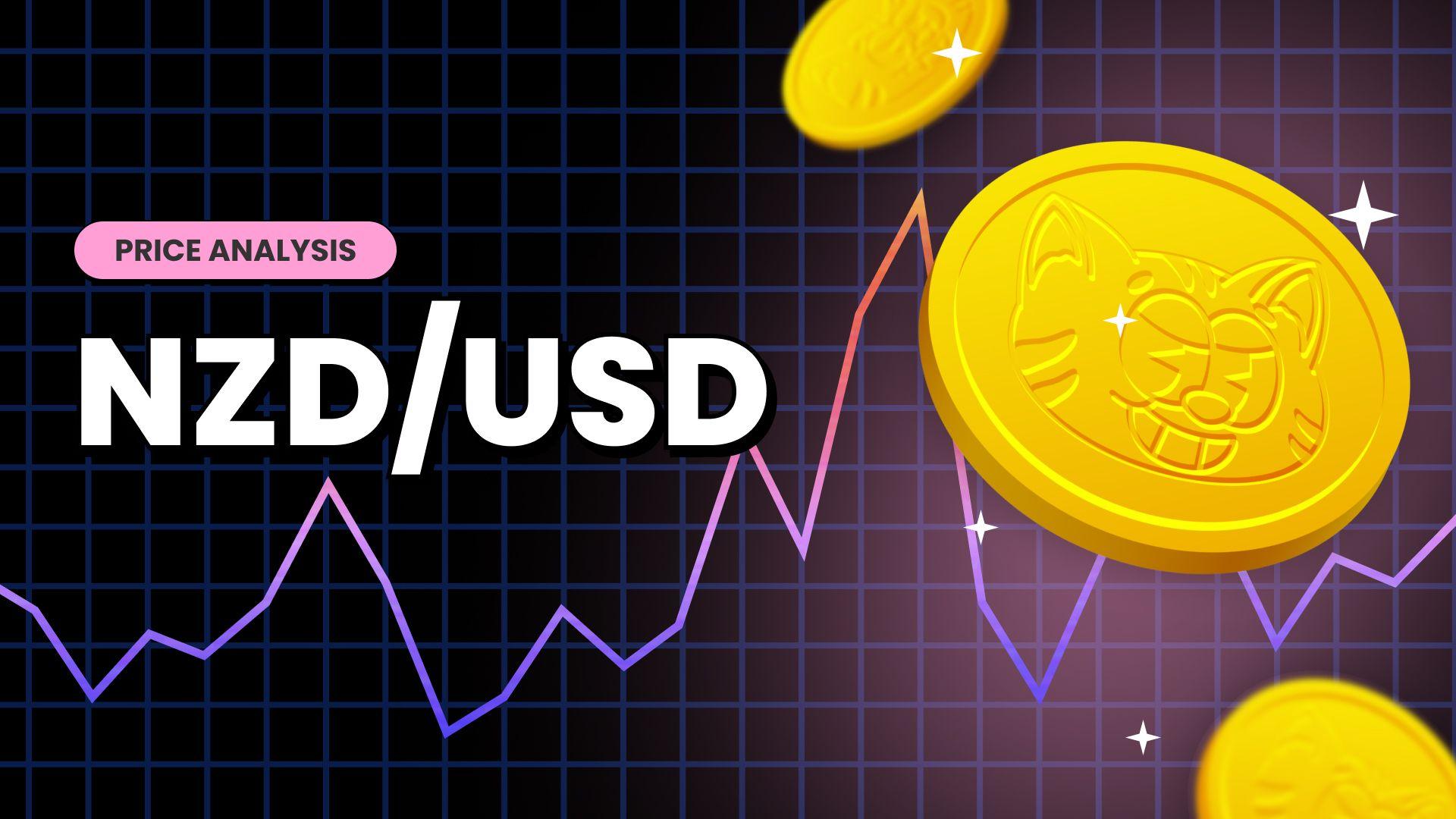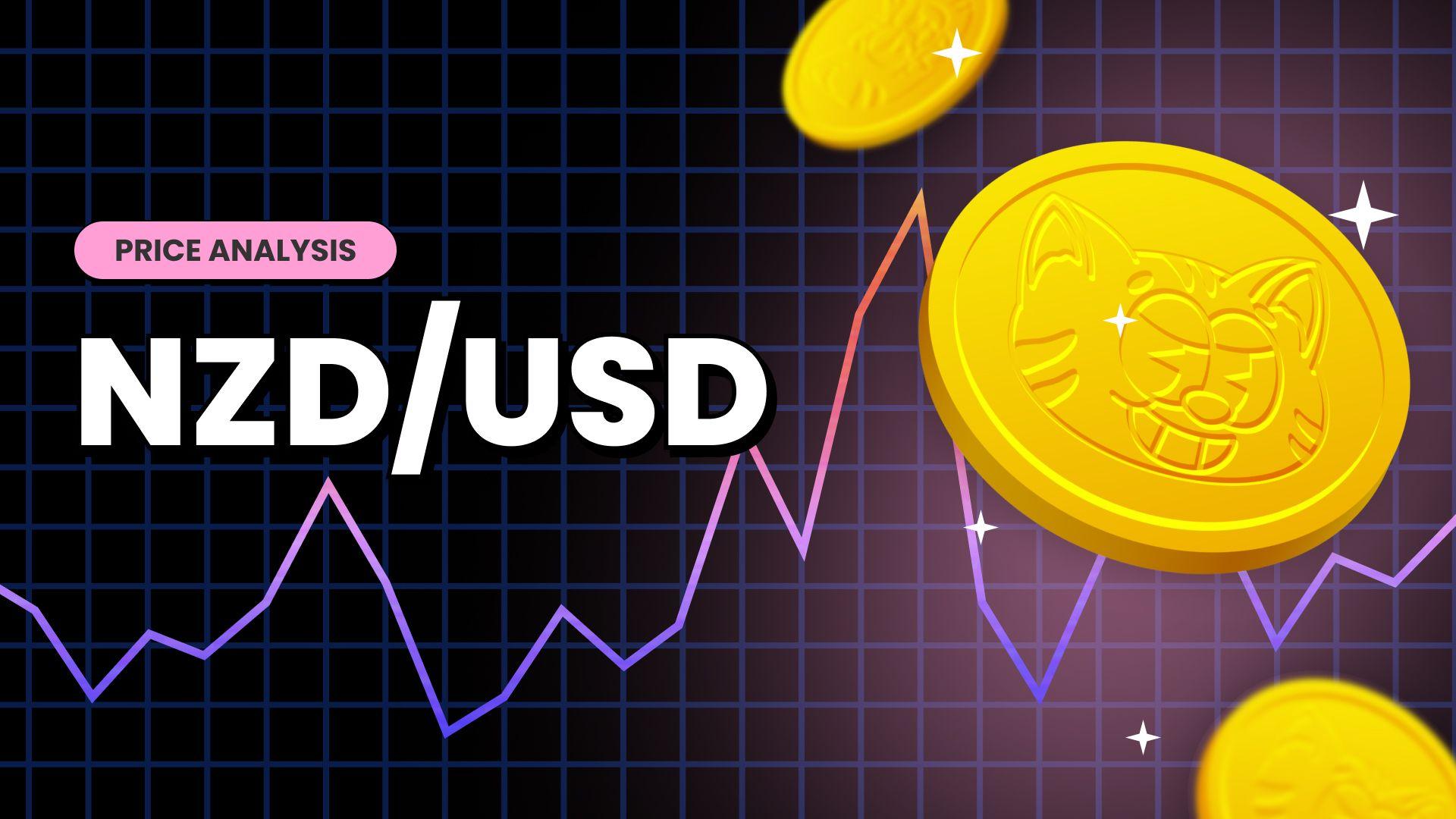NZD/USD Opens Seeks For A Firm Direction After Opening With A Gap Down






- NZD/USD pair opens on Monday with a gap down
- Growing recession fears and economic headwinds continue to offer support to the greenback indicating further uptick remains elusive
- U.S. economy remains resilient after a mixed Jobs data report increasing likelihood of a softer-landing
- Disappointing New Zealand macro data undermines risk-sensitive Kiwi

NZD/USD Pair came around renewed buying pressure on Monday despite opening with a gap down(bullish open) to lift off spot prices from the 0.60772 level. This marks the second day of a positive move in the last seven days, and the Pair looks to extend the intraday recovery mood from levels last touched in May 2020.

A softer risk tone surrounding the U.S. Treasury bond yields saw the yield on the 2-year Treasury note tick lower on Friday after August's job report came in near expectations and eased some fears that a hot labor market would force the Federal Reserve to continue hiking rates at an aggressive pace to tame surging prices. As such, the 2-year Treasury note was last down 11 basis points at 3.393%, while the yield on the 10-year Treasury fell 7 basis points to 3.193%. This, in turn, was seen as a key factor that undermined the greenback and offered some support to the risk-sensitive Kiwi.
Nonfarm payrolls rose solidly in August amid an otherwise slowing economy. The unemployment rate ticked higher as more workers rejoined the labor force, the Bureau of Labor Statistics reported Friday. The economy added 315,000 jobs for the month, just below the Dow Jones estimate for 318,000, well off the 526,000 in July, and the lowest monthly gain since April 2021.
Additionally, the unemployment rate rose to 3.7%, two-tenths of a percentage point higher than expectations, primarily due to a gain in the labor force participation rate to 62.4%, tied for the year's highest level. Wages continued to rise, though slightly less than expectations. Average hourly earnings increased 0.3% for the month and 5.2% from a year ago, both 0.1 percentage points below estimates.
Markets reacted positively to the numbers, with major stock indexes posting strong gains and Treasury yields moving lower. Those payroll and wage gains came amid soaring inflation and concerns over a slowing economy that posted negative GDP numbers in the first two quarters of the year, generally considered a telltale sign of recession. It is worth noting the FED has been battling the inflation problem with a series of interest rate hikes totalling 2.25 percentage points that are expected to continue into next year. In recent days, leading central bank figures have warned that they have no intention of backing off their policy-tightening measures and hope that even when they stop hiking, rates will stay elevated "for some time."
Following the report's release, Fed Fund Futures markets pulled back anticipation for a third consecutive 0.75 percentage point rate increase at the September meeting. The probability for that move was 62% around 10 a.m. E.T., down from 75% on Thursday.
That said, growing recession fears, economic headwinds stemming from fresh COVID-19 lockdowns in China, and the war in Ukraine was seen as key factor that continues to offer some support to the greenback. The greenback continued to retrace from the 20- year high touched last week on Thursday and was last seen trading in modest losses during the early Asian session.

Going forward in the new Zealand docket, building permits for July increased by 5%, according to the latest data from New Zealand Statistics. The Reserve Bank of New Zealand's (RBNZ) aggressive rate hiking scheme has suppressed the Kiwi housing market, which already had historically elevated prices. It is worth remembering the RBNZ mid-last month increased its Official Cash Rate by 50bps (OCR) to 3 percent from 2.5 percent. The bank confirmed they are committed to tightening monetary conditions at a pace to maintain price stability and contribute to maximum sustainable employment. Additionally, downbeat New Zealand trade balance data added to the sour mood surrounding the risk-sensitive Kiwi after a final figure showed that the Terms of trade fell 2.4% in the second quarter, according to New Zealand Statistics. The data indicated that export prices rose 3.7%, while import prices increased 6.5% against an initial expectation of a rise of 0.8% and 2.5%, respectively.
As we advance, the focus now shifts toward Tuesday's US ISM Non-Manufacturing PMI report. In the meantime, the US Bond Yields and the broader market risk sentiment will influence the U.S. Dollar price dynamics and allow traders to grab some trading opportunities around the Pair.

Technical Outlook: NZD/USD Four-Hour Price Chart

From a technical standstill using a four-hour price chart, the price opened on Monday in a firmer responsive bullish move by market participants after a gap-down (bullish open gap), denoting a bargain buy for investors. Some follow-through buying would lift spot prices towards testing the upper horizontal trendline of the descending channel chart pattern turned resistance level. However, it will be met by stiff resistance from the 20 Exponential Moving Average(EMA) level at 0.61042. Acceptance above the aforementioned EMA level and a convincing break above the upper horizontal trendline would pave the way for additional gains. The upward trajectory could then accelerate toward the supply zone ranging from 0.61551 – 0.61675 levels.
The moving average convergence divergence (MACD) crossover at -0.00204 paints a bullish scenario, while the RSI(14) level at 43.19 is on the verge of breaking above the 50-neutral level.
On the Flipside, a pullback toward testing the lower horizontal trendline(plotted as from august 2022 swing lows) of the descending channel chart pattern turned support level followed by a convincing break below the aforementioned trendline negates any near-term bullish outlook and paves the way for aggressive technical selling.


